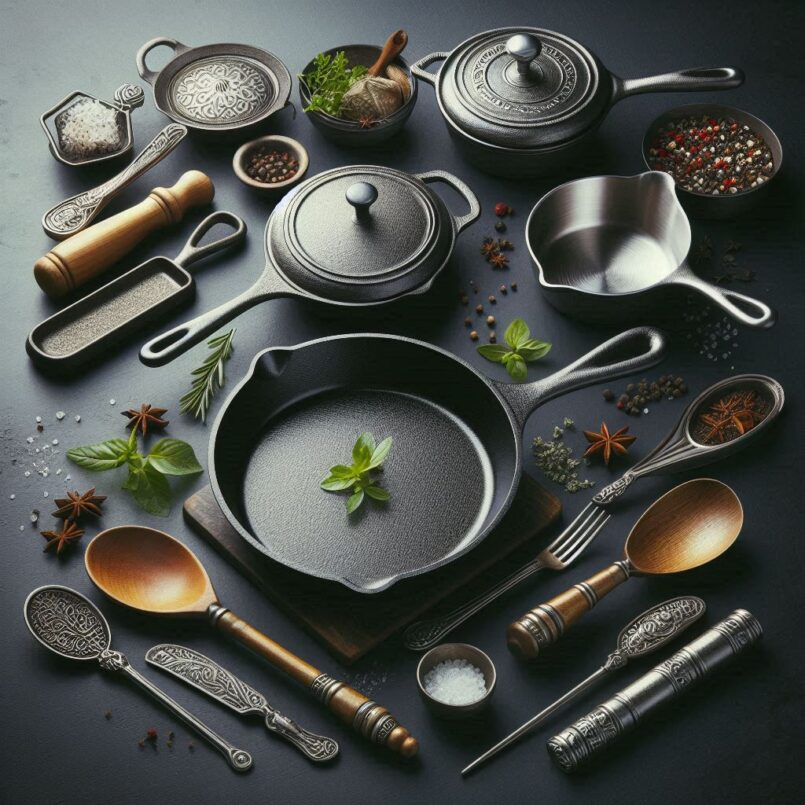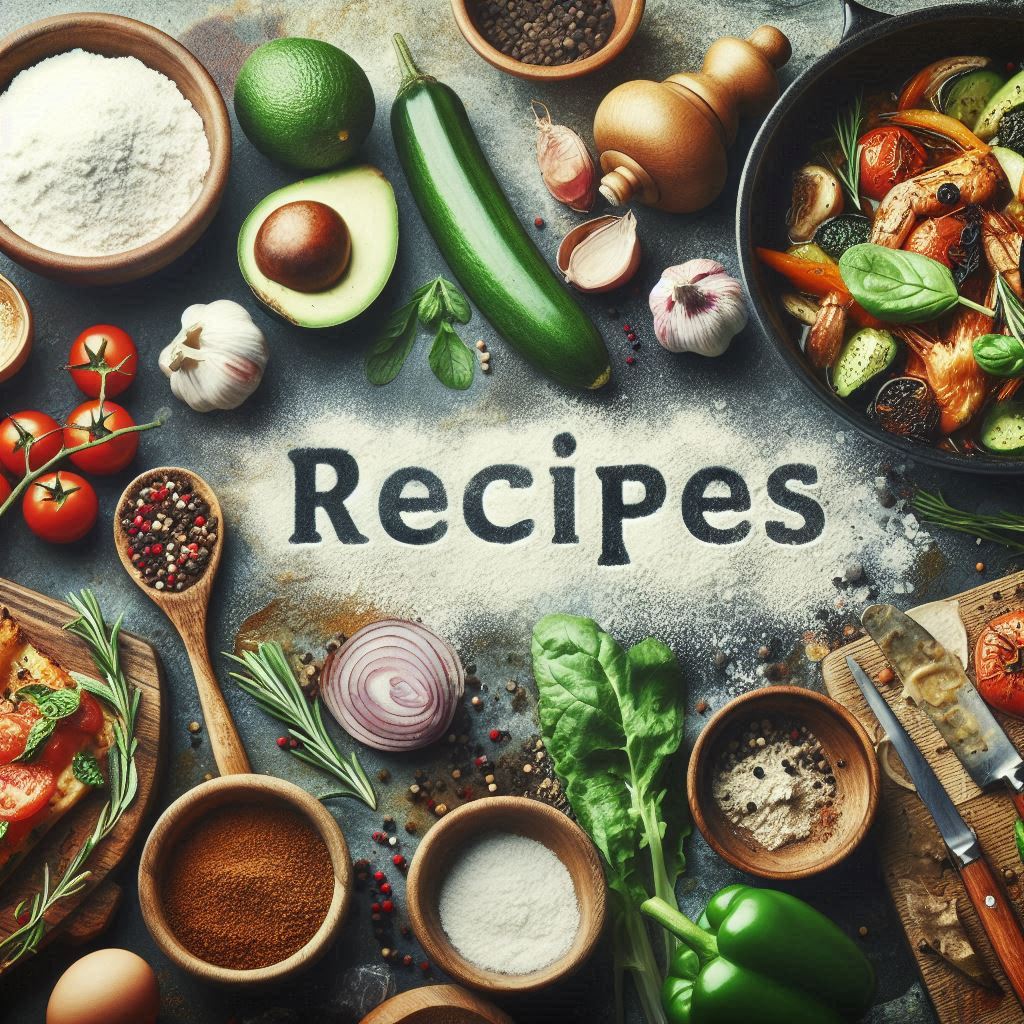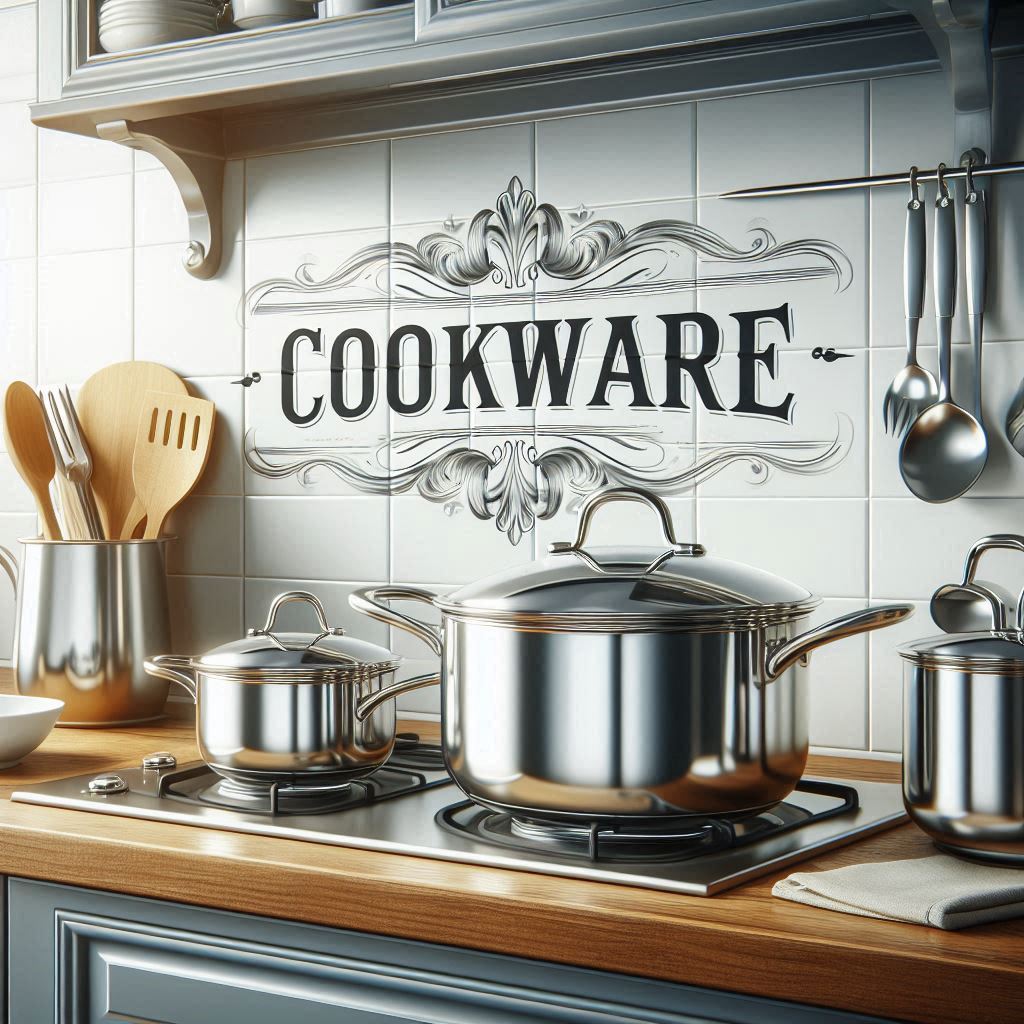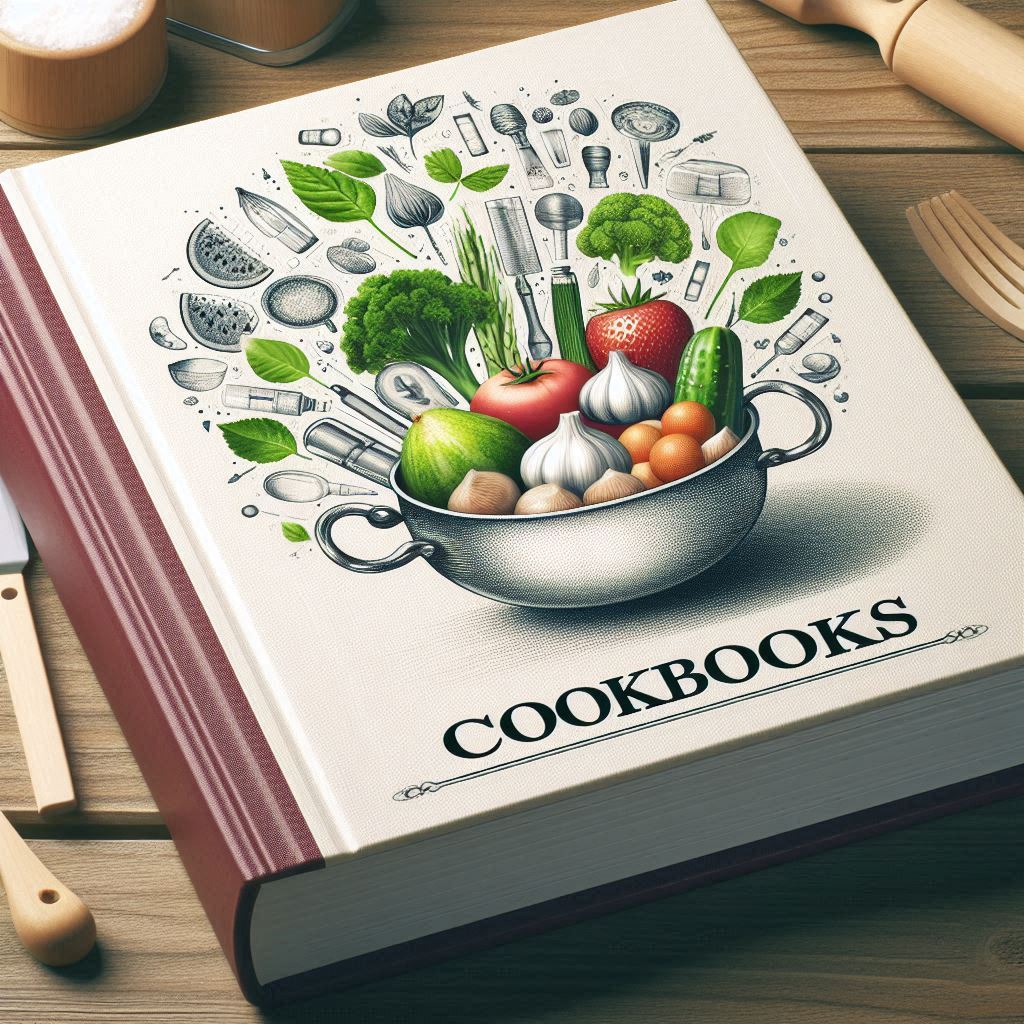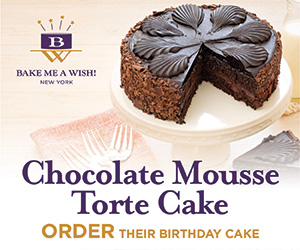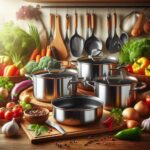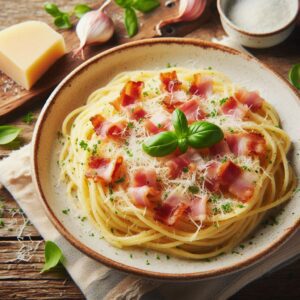When it comes to equipping your kitchen, few decisions are as foundational as choosing the right cookware. Stainless steel cookware and cast iron cookware stand out as two titans in the culinary world, each with legions of devoted fans and a legacy of performance that spans generations. Stainless steel cookware dazzles with its sleek, modern appeal and effortless upkeep, while cast iron brings a rugged charm and unmatched heat retention to the table. Whether you’re searing a steak, simmering a sauce, or baking cornbread, these materials offer distinct advantages that can elevate your cooking game. The question isn’t which is better—it’s which is better for you. Let’s dive into this showdown of kitchen superstars and uncover why both deserve a spot in your arsenal.
Picture this: a stainless steel skillet sizzling with a perfectly caramelized chicken breast, or a cast iron Dutch oven cradling a slow-braised stew that melts in your mouth. These scenarios highlight the strengths of each material, rooted in their unique properties. Stainless steel shines with its durability, non-reactive surface, and low-maintenance care, making it a go-to for busy cooks who crave versatility. Cast iron, on the other hand, boasts unparalleled heat retention, natural non-stick potential, and a soul-warming rustic vibe that turns every meal into an event. By comparing their features—durability, heat performance, maintenance, and more—you’ll see why these two classics complement each other as much as they compete. Ready to discover your perfect match? Let’s break it down.
The Strengths of Stainless Steel Cookware
Stainless steel cookware is the sleek, shiny workhorse of modern kitchens—and it’s easy to see why. Made from an alloy of steel, chromium, and often nickel, it’s practically indestructible. You can toss it in the dishwasher, crank up the heat, or cook acidic foods like tomato sauce without a second thought, thanks to its non-reactive nature. That durability pairs with a polished look that screams professionalism, making it a favorite among chefs and home cooks who want cookware that lasts a lifetime. Brands like All-Clad and Cuisinart have perfected multi-ply construction (layering stainless steel with aluminum or copper cores), delivering even heat distribution that rivals cast iron’s heft without the weight.
Versatility is stainless steel’s superpower. It’s oven-safe up to 500°F or more, induction-compatible with magnetic grades (like 18/10), and excels at browning, deglazing, and sautéing. Cleanup? A breeze—just soap, water, and maybe a scrub for stubborn bits (Bar Keepers Friend works wonders). It doesn’t need seasoning or special care, so it’s ideal for busy lifestyles. Sure, it’s not naturally non-stick—food might stick without oil or proper preheating—but that’s a small trade-off for its reliability. From quick weeknight stir-fries to elegant reductions, stainless steel delivers precision and ease that’s hard to beat.
The Power of Cast Iron Cookware
Cast iron cookware is the soulful, timeless hero of the kitchen—rugged, reliable, and rich with character. Forged from molten iron poured into molds, it’s heavy-duty and built to endure, often handed down through generations. Brands like Lodge and Le Creuset have turned this classic into a cult favorite, offering raw cast iron or enameled versions that blend tradition with modern flair. Its standout feature? Heat retention. Once heated, cast iron holds temperature like a champ, making it perfect for searing steaks, frying chicken, or slow-cooking stews. It’s a one-pan wonder that moves seamlessly from stovetop to oven to campfire.
What sets cast iron apart is its seasoning—a layer of polymerized oil that creates a natural non-stick surface over time. With care, it gets better with every use, turning sticky situations into slick victories. Enameled cast iron skips the seasoning step, adding vibrant colors and resistance to acidic foods, though it’s pricier. At 400-450°F oven-safe (raw) or 500°F (enameled), it’s versatile enough for baking cornbread or roasting veggies. Yes, it’s heavy and demands maintenance—hand-washing, drying, and occasional oiling—but that’s part of its charm. Cast iron isn’t just cookware; it’s a culinary legacy that rewards patience with unparalleled flavor.
Head-to-Head Comparison
Durability
- Stainless Steel: Virtually indestructible—resists rust, dents, and scratches with proper care. It won’t chip or crack, even with rough handling.
- Cast Iron: Tough as nails but can crack if dropped. Raw cast iron resists rust with seasoning; enameled versions are rust-proof but enamel can chip.
Heat Performance
- Stainless Steel: Heats quickly with multi-ply designs, offering even distribution. It cools faster too, giving you control for delicate tasks.
- Cast Iron: Slow to heat but retains it like a thermal battery—ideal for searing and slow cooking. Takes longer to cool, so plan accordingly.
Non-Stick Properties
-
>li>Stainless Steel: Not naturally non-stick—requires oil or technique (e.g., preheating) to prevent sticking, but excels at browning.
- Cast Iron: Seasoned raw cast iron develops a slick, non-stick surface; enameled versions are less sticky than stainless but not as slick as seasoned iron.
Maintenance
- Stainless Steel: Low-maintenance—dishwasher-safe (though hand-washing preserves shine), no seasoning needed, and resistant to staining.
- Cast Iron: High-maintenance—hand-wash only, dry immediately, and season raw iron to prevent rust. Enameled cast iron skips seasoning but needs gentle cleaning.
Weight
- Stainless Steel: Lightweight to moderate (3-5 lbs for a skillet), easy to maneuver for all cooks.
- Cast Iron: Heavy (7-12 lbs for a skillet), a workout to lift but stable on the stove.
Cost
- Stainless Steel: Moderate to high—$50 for a basic pan, $200-$500 for premium sets (e.g., All-Clad).
- Cast Iron: Affordable to premium—$20-$40 for Lodge raw iron, $200-$400 for enameled Le Creuset sets.
Versatility
- Stainless Steel: Handles everything—acidic foods, high heat, induction, oven use—without fuss.
- Cast Iron: Great for searing, frying, baking; raw iron avoids acidic foods long-term unless enameled.
| Feature | Stainless Steel | Cast Iron |
|---|---|---|
| Durability | Rust-resistant, dent-proof, long-lasting | Tough but can crack; enamel may chip |
| Heat Performance | Even, quick heating and cooling | Slow to heat, excellent retention |
| Non-Stick | Not inherent; needs oil or technique | Seasoned = non-stick; enameled = moderate |
| Maintenance | Dishwasher-safe, low effort | Hand-wash, season raw iron, dry well |
| Weight | 3-5 lbs (lighter) | 7-12 lbs (heavier) |
| Cost | $50-$500 (moderate to high) | $20-$400 (affordable to premium) |
| Oven-Safe Temp | 500°F+ (varies by brand) | 400-450°F (raw), 500°F (enameled) |
| Best For | Sautéing, sauces, acidic foods | Searing, frying, slow cooking, baking |
| Induction | Yes (magnetic grades like 18/10) | Yes |
| Aesthetic | Sleek, modern, shiny | Rustic, timeless, raw or colorful enamel |
Conclusion
Stainless steel and cast iron cookware aren’t rivals—they’re partners in culinary crime, each shining in its own spotlight. Stainless steel brings a breezy, no-fuss vibe to the kitchen, perfect for quick meals, delicate sauces, or cooks who value low maintenance and sleek design. Its durability and versatility make it a must-have for anyone who wants cookware that keeps up with a fast-paced life. Meanwhile, cast iron offers a soulful, hands-on experience—its robust heat retention and evolving non-stick surface turn every dish into a labor of love. It’s the choice for those who savor slow cooking, bold flavors, and a touch of tradition.
Why choose between them when you can have both? Pair a stainless steel skillet for your everyday sautéing with a cast iron Dutch oven for weekend roasts, and you’ve got a dynamic duo that covers all bases. Brands like All-Clad and Lodge prove that quality doesn’t compromise—invest in these, and your kitchen will thank you. Whether you lean toward the polished precision of stainless or the hearty heritage of cast iron, you’re equipping yourself with tools that inspire confidence and deliciousness. So, grab your pans, fire up the stove, and let your cooking adventures begin!
FAQs
1. Which is more durable, stainless steel or cast iron?
Answer: Stainless steel resists rust and dents better, while cast iron is tough but can crack if dropped. Both last decades with care—stainless wins for low upkeep, cast iron for raw strength.
2. Can I cook acidic foods in both types?
Answer: Yes in stainless steel—it’s non-reactive. Raw cast iron reacts with acids (e.g., tomatoes) unless well-seasoned; enameled cast iron handles them fine.
3. Which heats more evenly?
Answer: Stainless steel with a multi-ply core (e.g., aluminum) heats evenly and quickly. Cast iron heats slower but holds and radiates heat more consistently once hot.
4. Is cast iron really non-stick?
Answer: Yes, when seasoned properly—oil bonds to the surface, creating a slick layer. It’s not as effortless as ceramic, but beats stainless steel’s stickiness.
5. How do I clean stainless steel vs. cast iron?
Answer: Stainless steel is dishwasher-safe or scrubs clean with soap. Cast iron needs hand-washing, immediate drying, and occasional oiling (raw); enameled versions skip oiling but avoid abrasives.
6. Which is better for searing meat?
Answer: Cast iron—it holds high heat longer for a killer crust. Stainless steel sears well too, especially with oil, but cools faster when food’s added.
7. Can both go in the oven?
Answer: Yes! Stainless steel often hits 500°F+ (check handles), while raw cast iron caps at 400-450°F and enameled at 500°F. Both are oven champs.
8. Why is cast iron so heavy?
Answer: Its thick, solid iron construction retains heat and durability—weight (7-12 lbs) is the trade-off for performance. Stainless steel (3-5 lbs) sacrifices some retention for ease.
9. Which is more affordable?
Answer: Raw cast iron (e.g., Lodge at $20-$40) beats basic stainless ($50+). Premium sets flip this—All-Clad stainless ($200-$500) vs. Le Creuset enameled cast iron ($200-$400).
10. Do I need both in my kitchen?
Answer: Not essential, but they complement each other. Stainless steel for quick, versatile cooking; cast iron for slow, hearty dishes. Together, they’re unstoppable!

